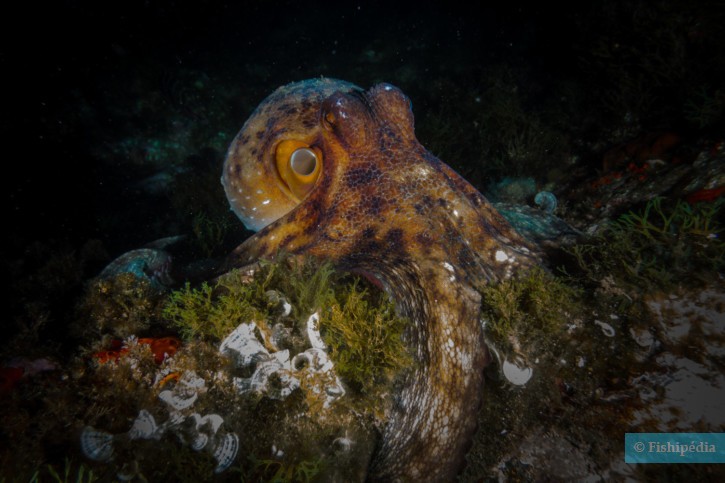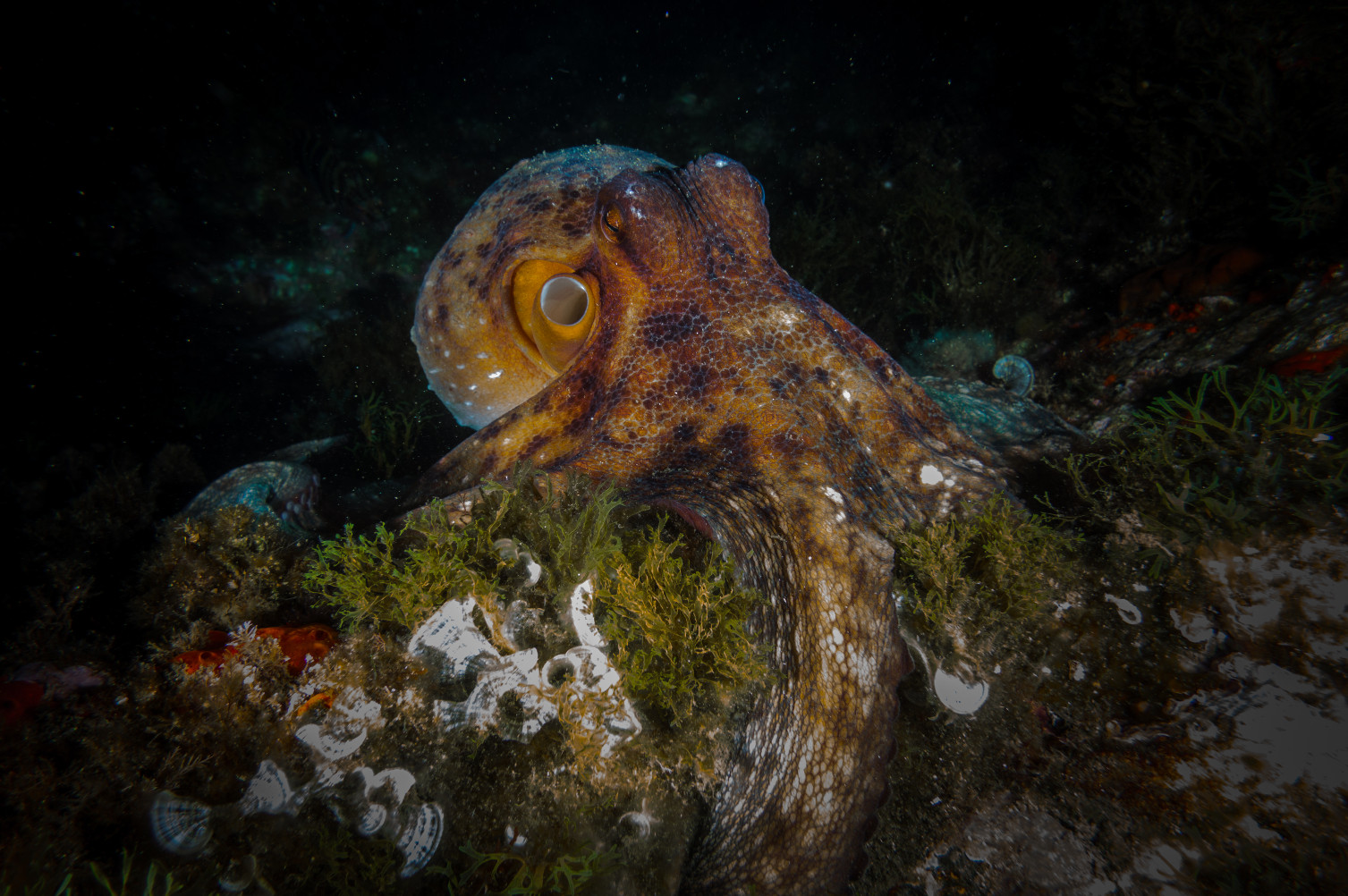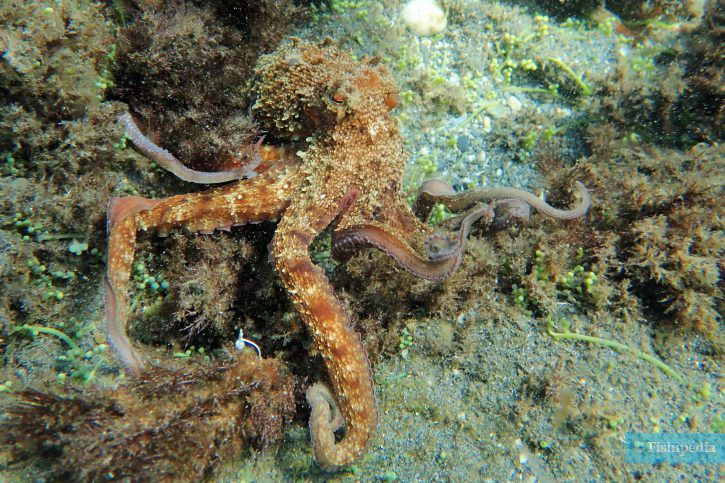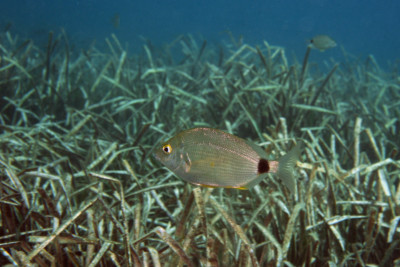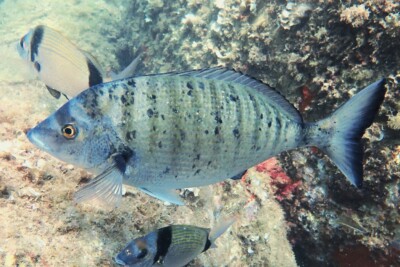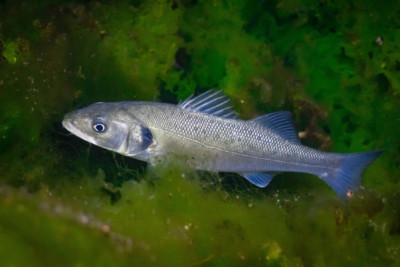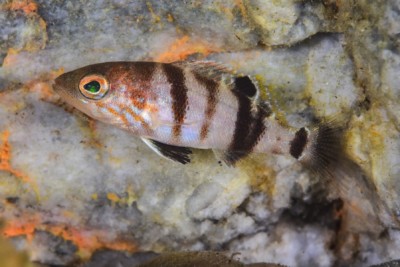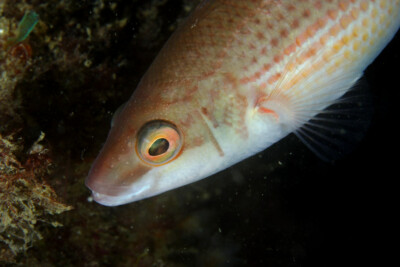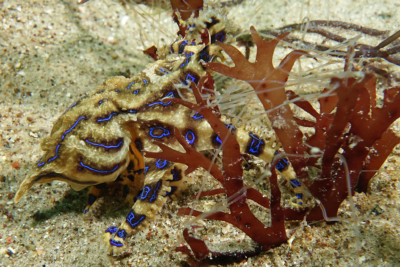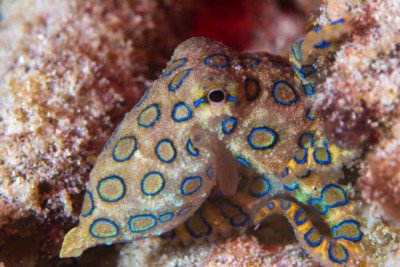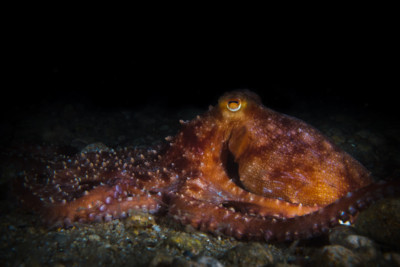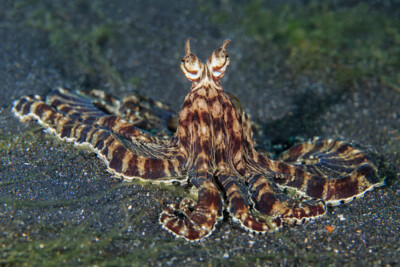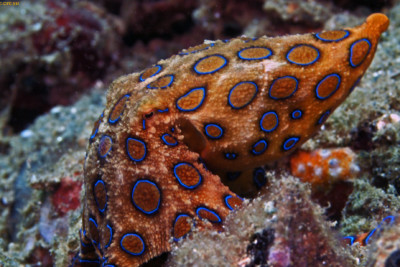Introduction
This octopus is found in temperate and subtropical waters of the Atlantic area. Often shy during the day, she remains hidden in a cavity in the rock, both eyes out, watching for the intruders to pass.
In some cases, these octopuses can be curious and come into contact with divers. However, beware, because although not fatal, the bite of Octopus vulgaris is very painful.
Who is it?
Morphology
-
Type
-
Size60 - 120 cm
-
Colourschanging
-
Mimicrymultiple
-
Type of mouthbeak
-
ChromatophoresYes
-
Motifmottling
-
Type
-
Size60 - 120 cm
-
Colourschanging
-
Mimicrymultiple
-
Type of mouthbeak
-
ChromatophoresYes
-
Motifmottling
How to recognize This mollusc ?
This medium-sized species measures 60 cm but individuals can reach up to 1.20 m. It is generally brown / red color, mottled with gray and beige. The red color intensifies depending on the "mood" of the individual.
Behaviour & Life cycle
-
Sociabilitysolitary
-
Way of livingdiurnal
-
VenomousYes
-
Dietpredator
Chromatophores are pigment cells that reflect light in the integument of some animals. They are mostly responsible for the color of the skin and eyes of cold-blooded animals and are created by the neural crest during embryonic development.
This octopus has a lonely tendency. It feeds mainly on crustaceans and bivalves and very rarely attacks fish. She used to bring food back to her "den". Territorial, it is easy to find the hiding place of an octopus thanks to the heap of mollusc shells (bivalves and gastropods) deposited at the entrance of its refuge.
Discreet, she uses her mimicry to blend into the rocky bottoms. It is capable of reproducing a very large number of elements (algae, stone, sand ...) to go unnoticed.
Reproduction
-
Reproductionovipare qui pond sur substrat caché
The reproduction spreads from March to November, thanks to the warming of the water.
During the reproduction period, the male's third right arm is changed to a hectocotyle arm: this lengthens and changes to allow the carrying of spermatophores. It is introduced into the pallial cavity of the female in order to disseminate the semen, thereby maximizing the chances of fertilization.
The females are particularly invested in the clutch of eggs which it cleans and protects over a period ranging from 1 to 4 months depending on the temperature of the water. After laying (100,000 to 500,000 eggs), they dedicate themselves to this task until their death.
Upon hatching, the juveniles are immediately confined to the benthic environment. They reach sexual maturity after a few months of growth, after which they spend most of their time looking for partners.
Risks for humans
-
VenomousYes
-
BiteYes
The bite of Octopus vulgaris is not fatal to humans. The wound can nevertheless become infected if it is not properly treated.
Origin and distribution
What is its habitat?
Natural environment characteristics
-
Temperature18 - 25 °C
-
Depth0 - 150 m
-
EnvironmentFree benthic
Biotope presentation
The common octopus occurs regularly in rocky areas and seagrass beds, as well as on nearby sandy bottoms. It is more frequent along the coasts but it can be encountered up to about 150 meters deep.
Species of the same biotope
Fishkeeping
Not recommended
We do not recommend keeping this species in an aquarium. It has unpredictable needs which, if not met, generate significant stress, potentially leading to a shorter life expectancy, an interruption of its growth or the development of pathogens.
To go further
Sources & Contributions
Participation & Validation
The Fishipedia team and specialist contributors are committed to providing high-quality content. However, although the information comes from scientific sources or testimonials from specialists, the cards may contain inaccuracies.
Translation
Translation done with the valuable contribution of our translators, who make this information available to a wider audience. We sincerely thank them for their commitment.
Bibliographic references
- - GBIF
- - Cephalopods of the world - Volume 3 Octopods and Vampire Squids - FAO Fisheries Synopsis - 2014.
Scientific partners
Tags
Species of the same family
Species of the same biotope
